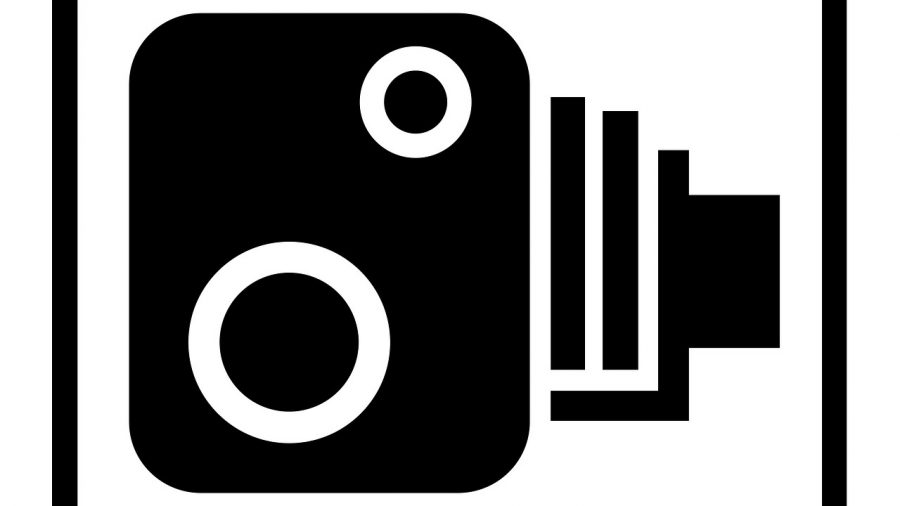During 2017, speed cameras in Australia raised $1.1 billion in fines. The highest sum went to Victoria with $363 million, then Queensland with $226 million and NSW with $194 million. It appears cameras are good at catching people who speed. But are they good at saving lives?
Top three
The top three speed cameras in NSW by revenue are on inner Sydney roads:
- Eastern Distributor, northbound, Darlinghurst
- Cross City Tunnel, westbound, East Sydney
- Botany Road, southbound, Rosebery.
Many people understandably ask how speed camera revenue is spent. In 2013, the NSW government established the Community Road Safety Fund, designed to invest speed and red light camera revenue back into road safety. Recently the NRMA asked for public detail on all current and future road safety projects financed by this Fund.
Do they save lives?
It is not straightforward to test whether a speed camera does in fact save lives. Even if you measure casualties at one site over 2 years, introduce a camera, and then measure casualties over the next 2 years, it does not mean the camera caused a reduction.
In road safety data, collision incidents at a site generally tend to reduce without any treatment, after a short-term rise. In statistics, this is known as regression to the mean (going back to the average). The data also show a downward long-term trend in collisions because of improved vehicle safety and better driver training.
Value for money
According to an academic who has studied speed cameras in operation, conventional approaches on their impact may be overoptimistic. This has implications for the value for money of cameras.
Some argue the mere presence of a camera causes drivers to slow down. While this is true, sudden braking can be erratic and cause accidents too. The other consideration – rarely mentioned – is, just because drivers are staying under the speed limit does not mean they are driving safely.
What do you think? Facebook.


your opinion matters: